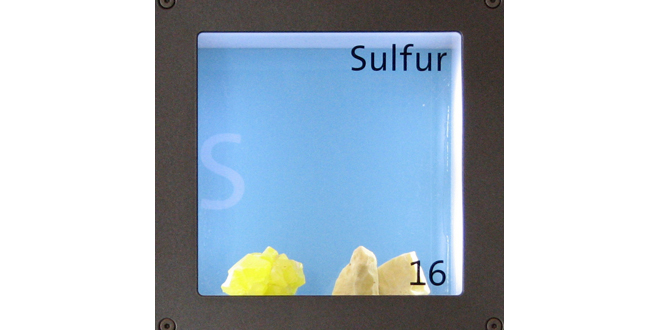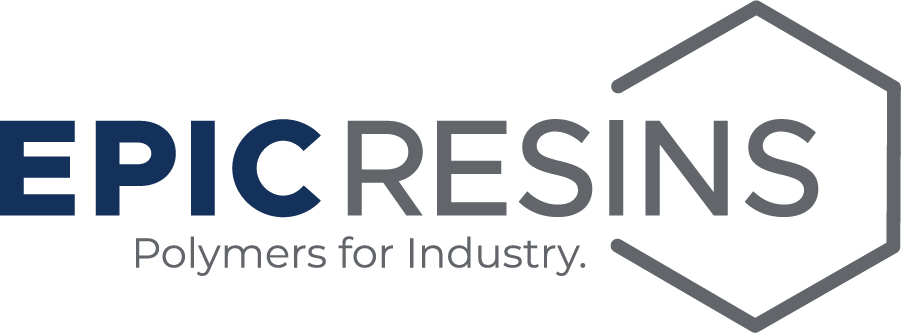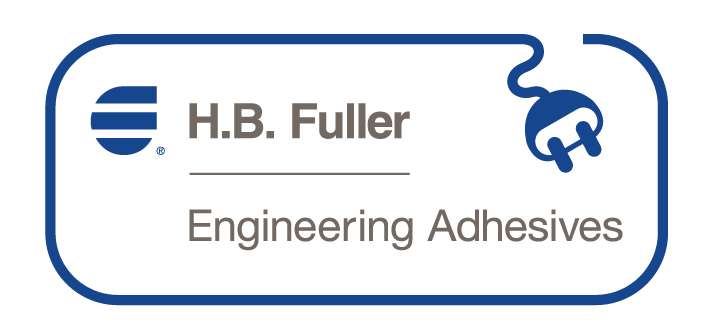Researchers at The University of Texas at Dallas have used two-dimensional molybdenum disulfide (MoS2) as a protective layer for Li-metal anodes to greatly improve the performance of Li-S batteries.
In “2D MoS2 as an efficient protective layer for lithium metal anodes in high-performance Li–S batteries,” published in Nature Nanotechnology , the researchers report that such a use of MoS2 results in stable lithium electrodeposition and the suppression of dendrite nucleation sites.
The deposition and dissolution process of a symmetric MoS2-coated Li-metal cell operates at a current density of 10 mA cm−2 with low voltage hysteresis and a threefold improvement in cycle life compared with using bare Li-metal. For a Li-S full-cell configuration, using the MoS2-coated Li as an anode and a 3D carbon nanotube-sulfur cathode, the researchers reportedly achieved specific energy of approximately 589 Wh/kg−1 and a Coulombic efficiency of approximately 98% for more than 1,200 cycles at 0.5º C.
Lithium-sulfur batteries have important potential advantages over lithium-ion batteries; they are less expensive to make, weigh less, store almost twice the energy, and are better for the environment. However, sulfur is a poor electrical conductor and can become unstable after only a few charge/recharge cycles. Electrode breakdown is another significant hindrance to wider acceptance. Molybdenum creates a material that adjusts the thickness of the coating when combined with two atoms of sulfur, which improves stability and compensates for the poor conductivity of sulfur, thus allowing for greater power density.
Source: Green Car Congress




















































